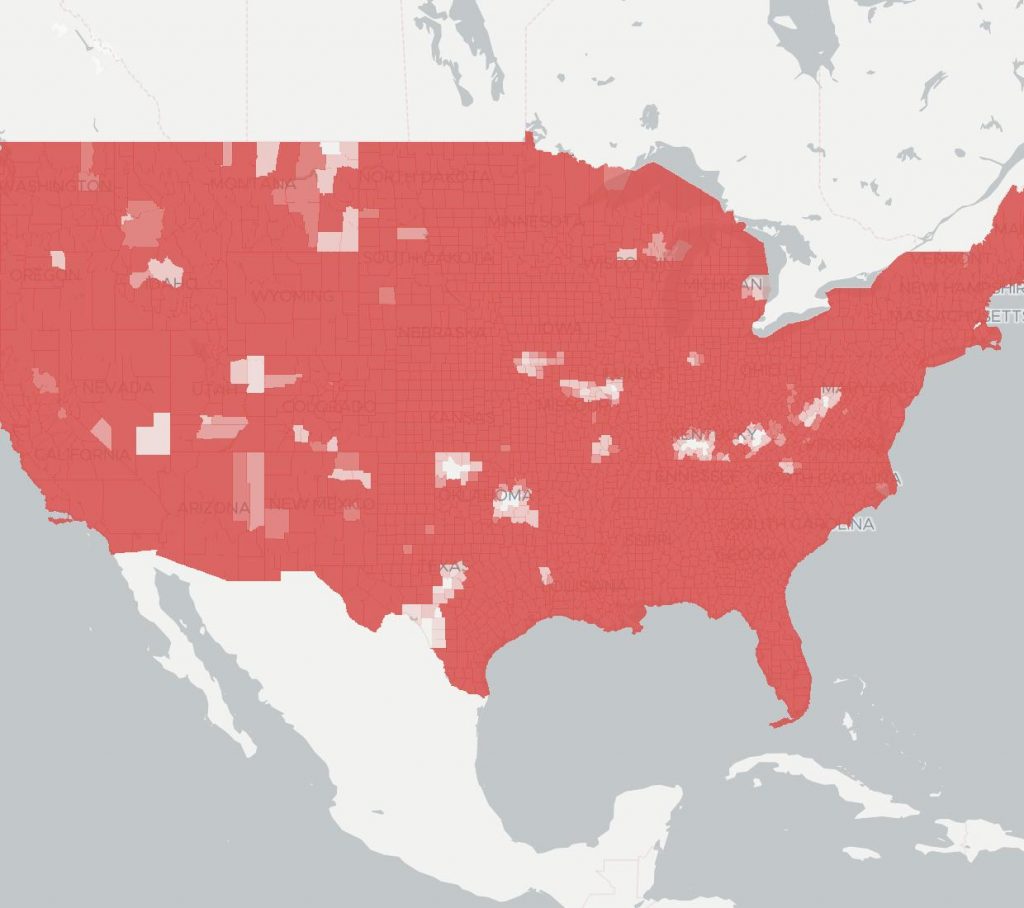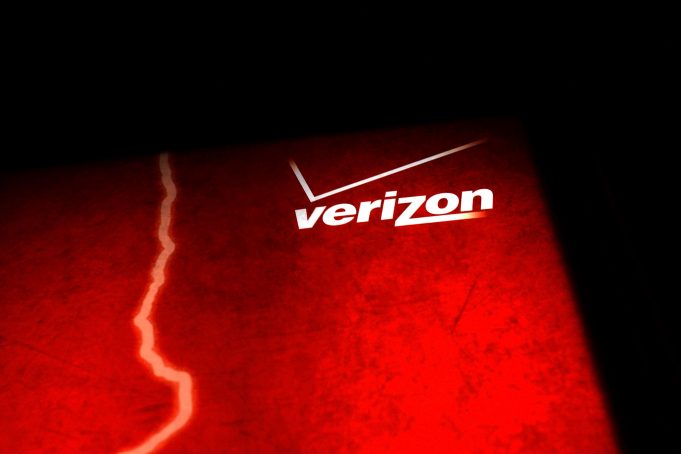This post is about how Verizon makes money. Firstly, we share information on Verizon wireless and wireline business segments. Then, we explain the core elements of Verizon business model. Then, we provide Verizon revenues by its business segments for the year FY 2014 (fiscal year ending December 2014). Finally, we provide the revenues, the profits, and the profit margins of Verizon for FY 2014.
About Verizon
Verizon communications Inc. (hereafter referred to as Verizon) is one of the world’s leading providers of communications, information, and entertainment products and services to consumers, businesses, and governmental agencies. Verizon offers voice, data, and video services and solutions on its wireless and wireline networks. The offerings meet the customer demand for mobility, reliable network connectivity, security and control.
Verizon has two reportable segments – Wireless and Wireline. In both the segments, Verizon offers products and services to the customers through bundled arrangements. These involve multiple deliverables which may include products, services, or a combination of products and services.

How Verizon makes money from Wireless business?
Verizon Wireless communications products and services include wireless voice and data services and equipment sales. Verizon offers these products and services to consumer, business, and government customers across United States. Verizon offers these products and services directly to the customers under the Verizon Wireless brand. These customers are referred to as Retail customers. In addition, customers can get access to the services from resellers that purchase network access from Verizon on a wholesale basis. Verizon has the largest fourth-generation (4G) Long-Term Evolution (LTE) technology and third-generation (3G) Evolution – Data Optimized (EV-DO) networks of any U.S. wireless service provider.
Verizon Wireless voice and data services are described as follows:
- Verizon Wireless offers wireless services on a postpaid and prepaid basis. Postpaid connections represent individual lines of service for which a customer is billed in advance a monthly access charge in return for a monthly network service allowance, and usage beyond the allowance is billed monthly in arrears. Verizon offers various postpaid account plans, single connection plans, and plans tailored to meet the needs of their business customers. The prepaid service enables individuals to obtain wireless services without a long term contract or credit verification by paying for all the services in advance.
- Verizon offers messaging services that enable customers to send and receive text, picture, and video messages.
- Verizon offers services that enables customers to access Internet wirelessly at broadband speeds on notebook computers and tablets that either have embedded 4G LTE or 3G EV-DO modules, or separate devices such as USB modems, Jetpacks, and other dedicated devices that provide a mobile Wi-Fi connection.
- Verizon offers network access and, in some cases, enhanced value added services to support telemetry-type applications, which are characterized by machine-to-machine (M2M) wireless connections. Verizon M2M services support devices are used by a variety of vertical segments, including health monitoring, education, manufacturing, utilities, distribution, and consumer products.
In addition to these services, Verizon offers several categories of wireless devices, including smartphones and basic phones, tablets and other Internet access devices. Verizon purchases substantial majority of wireless devices and accessories from Apple, Motorola Mobility, Samsung, LG Electronics, BlackBerry, and HTC. Verizon generates revenues from sales of these equipment. For equipment sales, Verizon generally subsidize the cost of wireless devices for plans under traditional subsidy model. The amount of subsidy is contingent on the arrangement and terms of service contract selected by the customer.

How Verizon makes money from Wireline business?
Verizon Wireline voice, data, and video communication products and services include broadband video and data, corporate networking solutions, data center and cloud services, security and managed network services, and local and long distance voice services. Verizon offers these products and services to consumers in the United States, as well as to carriers, businesses, and government customers both in the United States and around the world.
Verizon Wireline segment has three subsegments: Mass Markets, Global Enterprise, and Global Wholesale.
- Mass markets operations provide broadband services (including high speed Internet, FiOS Internet, and FiOS Video Services), local exchange (basic service and end user access) and long distance (including regional toll) voice services to residential and small business customers. Verizon sells these services in bundled arrangements (i.e., voice, data, and video), as well as separately.
- Global Enterprise offers strategic services and other core communication services to medium and large business customers, multinational corporations, and state and federal government customers.
- Global Enterprise strategic services consist of networking products and solutions and advanced communication services.
- Networking products and solutions include Private IP and Ethernet access and optical services.
- Advanced communication services include IP communications, Infrastructure and cloud services, Machine-to-Machine (M2M) services, security services, dedicated Internet access, unified communication and collaboration, and emergency communication services.
- Global Enterprise core communication services include core voice and data services, and providing customer premise equipment, and installation, maintenance, and site services.
- Global Enterprise strategic services consist of networking products and solutions and advanced communication services.
- Global Wholesale provides communications services including data, voice, and local dial tone and broadband services primarily to local, long distance, and other carriers that use Verizon facilities to provide services to their customers.

Verizon Business Model Core Elements
The key revenue and cost elements of Verizon business model are summarized in the diagram below. It shows how the money flows-in from the different customer segments to Verizon business segments. It also shows the key cost elements where the money flows-out to.
Verizon Revenues by Business Segment FY 2014
In FY’14 (fiscal year ended December 31, 2014), Verizon generated $127.1 billion of total revenues. Of these total revenues, Verizon generated
- $87.6 billion revenues, 69.0% of the total, from the wireless business segment. Of the $87.6 billion, Verizon generated $69.5 billion from retail services, $3.1 billion from other services, $11.0 from Equipment sales, and $4.1 billion from other.
- $38.4 billion revenues, 30.2% of the total, from the wireline business segment. Of the $38.4 billion, Verizon generated $18.0 billion from mass markets, $13.7 billion from global enterprise, $6.2 billion from global wholesale, and $0.5 billion from other.
- $1.0 billion revenues, 0.8% of the total, from corporate, eliminations, and other.
Verizon Profits and Profit Margins FY 2014
Of the $127.1 billion of Verizon total revenues in FY’14, $49.9 billion were the cost of service and sales. This resulted in $77.1 billion of gross profit and a gross margin of 60.7%. Verizon other operating costs were $57.5 billion. These include selling, general, and administrative expenses. These also include the depreciation and amortization expenses. This resulted in $19.6 billion of operating profit and an operating margin of 15.4%. After interest and other non-operating income and expenses and income taxes, Verizon had a net profit of $9.6 billion and a net margin of 7.6%.










